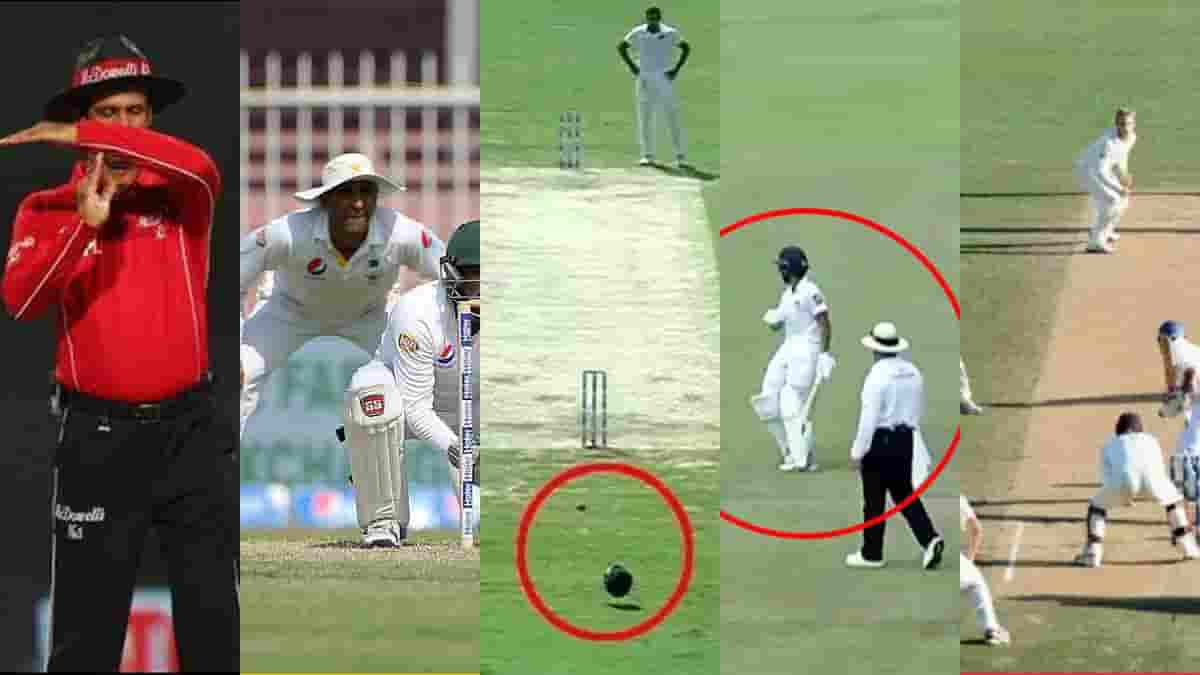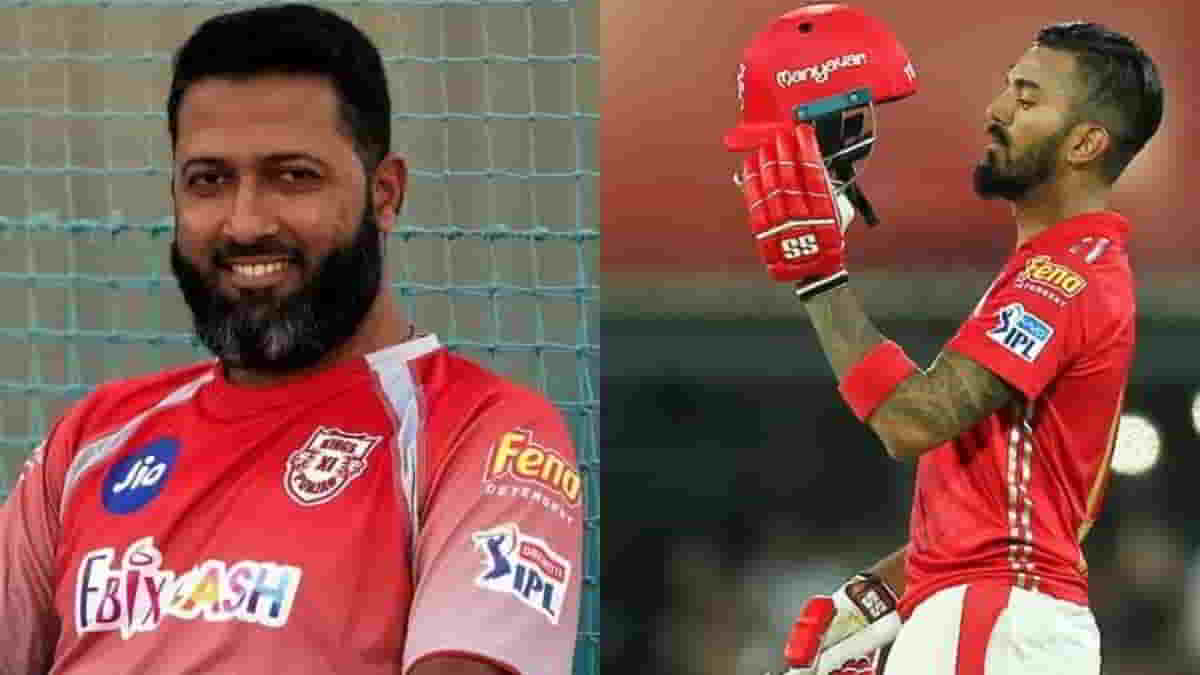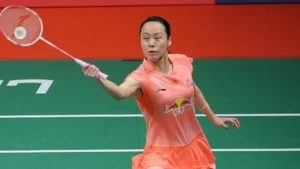When they first started, most games were substantially different. A sport’s forms and rules are subject to numerous adjustments over time. The alterations in excitement, demand, safety requirements, and popularity are the causes of these modifications. The MCC (Marylebone Cricket Club) currently controls international cricket. There are numerous rules that are confusing at first. But if we grasp the reasoning behind them, the rules begin to make sense.
In this article, we will take a look at the top ten weird and unknown cricket rules that many cricket hardcore fans still don’t know about.
Timed Out
Within three minutes of the last wicket being struck, a batter must be ready to face the next ball in line with Law 40. Failure to do so might result in him being timed out if the fielding side appeals. India’s Sachin Tendulkar was batting in a test match against South Africa when he was forced to leave the pitch for 18 minutes. Six minutes later, Saurav Ganguly started his at-bat. Tendulkar might have been disqualified if South Africa had appealed.
Fielders—aside from the keeper—cannot wear protective equipment (Except Helmet)
No fielder other than the wicketkeeper is allowed to use gloves or external leg protection, according to Law 28.1. Only with the umpires’ permission may the hand or finger protection be worn.
Penalty For Hitting Equipment
This is governed by Law 28.3.2, which states that if the ball hits the helmet or any other tools to assist (keeping gloves, sunglasses) of the fielding side that is on the ground, it becomes dead, the batting team is given 5 penalty runs, and the runs scored prior to the ball hitting the helmet are counted.
Penalty For Deliberate Short-Run
According to MCC Rule 18.3, the umpire in such a case proclaims a short run, awards runs and selects the striker for the subsequent ball. This regulation is frequently abused by players who desire a better batter on the striker’s end. If the umpires decide that the hitters deliberately took a short run, all runs scored on that ball will be disregarded, and the other team will be penalized five runs.
The Shadow Rule
According to this regulation, a fielder is not permitted to move until the batter plays the ball or the ball does not reach the batter if he casts a shadow on the field. A batter must maintain extreme concentration when confronting the pitch. The unfair interruption the hitter can experience when focusing on the ball is eliminated by this rule.
Not more than 2 Fielders Behind Square Leg
Few people are aware of the restriction that only two fielders can remain in the minor space between the square leg and long stop positions (the area marked red in the image). This rule was put in place to protect batters from the now-illegal bodyline deliveries, which can hit the batter in the upper body and cause a mistimed shot as the hitter tries to avoid being struck.
No Runs Allowed For Deliberate Padding
When a leg-spinner delivers a leg break from outside the line of the leg stump, the batsmen frequently purposefully stop the ball with their pads. Yet, there is a rule that states the batter cannot run after purposefully padding the ball. The runs won’t be counted even if the ball flies to the boundary. Leg byes are not the same as this. Only when the hitter attempted a sincere shot but missed and the ball touched his pad, or when the batter was dodging the ball, will the umpires permit leg-by runs?
Bails Don’t Fall
This rule states that even if the ball contacts the stumps after being delivered and the bails are still in place, the batter will not be out. On Day 3 of the 4th Ashes Test, the most recent violation of this regulation occurred. Ben Stokes of England ignored a Cameron Green delivery that noisily kissed the off-stump but failed to remove the bails.
Three Meter Rule
In order to allow the umpires some leeway and to account for the possibility that technology may not always be entirely accurate, this regulation was adopted. This rule states that the on-field call will stand and the team will keep the review if the ball hits the batter’s pad more than three meters from the stumps.
Fake Fielding
The Law 41.5.1 of the MCC Laws of Cricket addresses this rule, which was established in 2017. A fielder is not allowed to fake a throw to either end if he tries to stop the ball but is unsuccessful, according to the rules. If a fielder commits such an error, the batting team will be penalized by receiving 5 runs. In addition to the five runs assessed as a penalty, any runs scored by the hitters will be credited; however, the bowl will not be taken into account. Who will receive the next delivery can be chosen by the hitters in the middle.
Also Read: Unveiling the Camera Setup: Types of Cameras Are Used in a Cricket Match?
“Get more sports news, cricket news, and football updates, log on to sportsdigest.in. Follow us on Facebook or Twitter and Subscribe to our YouTube Channel.”























